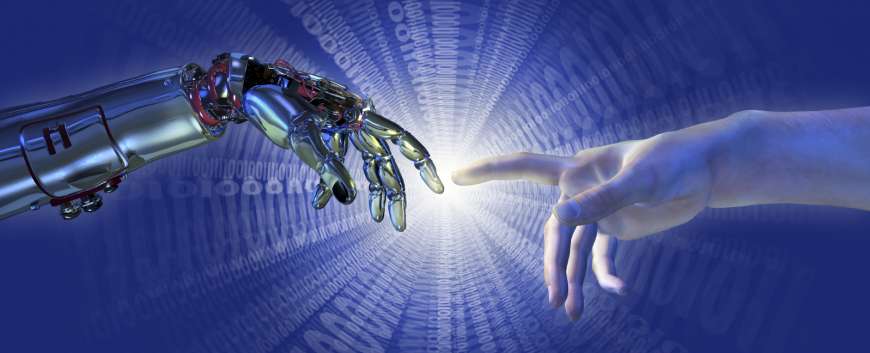Signal Processing Powers Next-Generation Prosthetics: Researchers Investigate Techniques That Enable Artificial Limbs to Behave More Like Their Natural Counterparts
Top Reasons to Join SPS Today!
1. IEEE Signal Processing Magazine
2. Signal Processing Digital Library*
3. Inside Signal Processing Newsletter
4. SPS Resource Center
5. Career advancement & recognition
6. Discounts on conferences and publications
7. Professional networking
8. Communities for students, young professionals, and women
9. Volunteer opportunities
10. Coming soon! PDH/CEU credits
Click here to learn more.
Signal Processing Powers Next-Generation Prosthetics: Researchers Investigate Techniques That Enable Artificial Limbs to Behave More Like Their Natural Counterparts
Prosthetic limbs have improved significantly over the past several years, and signal processing has played a key role in allowing these devices to operate more smoothly and precisely on command. Now, researchers are taking the next step forward by using signal processing approaches and methods to develop prosthetics that not only function reliably and efficiently but give wearers more natural control over artificial arms, hands, and legs.
Researchers at London’s Imperial College, for instance, have developed a prosthetic arm sensor technology that detects signals transmitted by nerves in the spinal cord. To control the prosthetic, the wearer simply has to think about controlling a phantom arm and imagine a simple maneuver, such as pinching two fingers together. The sensor technology then interprets electrical signals sent from the spine and uses them as commands.
Existing robotic prosthetic arms are controlled by having the wearer twitch remaining muscles in his or her shoulder or arm. The new approach detects signals from spinal motor neurons in parts of the body that were left undamaged by the amputation. A motor neuron is a nerve cell is located in the spinal cord with axons that project outside the spinal cord to directly control body muscles. The new method allows additional signals to be detected by sensors connected to the prosthetic, making the artificial limb more functional, explains project lead Dario Farina, neurorehabilitation engineering chair at Imperial College’s Department of Bioengineering.
“We interface nerves by surgically directing them to target muscles above the amputation and using the muscles as ‘bioscreens’ of the nerve activity,” Farina says. When the nerves connect to muscles via reinnervation, each action potential traveling from the nerve to the muscle elicits an action potential in the innervated muscle fibers. “We then decode the electrical muscle fiber activity in order to identify the commanding nerve activity,” Farina says.
Farina notes that the surgical redirection of nerves to muscles has been previously investigated by other research teams and is referred to as targeted muscle reinnervation. “We have added to this technique the exact decoding of the individual nerve fiber activity by deconvolution of the muscle electrical signals to identify the discharge timings of individual spinal motor neurons,” Farina says. “This is done by blind source separation approaches adapted to the specific signal model.”
The processing of electromyographic (EMG) signals, used for evaluating and recording electrical activity produced by skeletal muscles, is central to the project. “The core of the approach is the blind source separation of high-density EMG signals to identify the hidden neural components,” Farina explains. “Signal processing is, therefore, the most important discipline in this research.” In addition to blind deconvolution, signal processing is also needed to map the decoded sources into commands to the prosthesis.
“We acquire highdensity EMG signals from reinnervated muscles,” Farina says. The signals are a spatial sampling of the electrical potential generated by the muscle fibers. The electrical activity of the muscle fibers is determined by the neural flow from the spinal motor neurons. The high-density EMG signals are filtered in time and space to reduce power line interferences, artifacts, and other noise sources. “Then the multichannel signals are spatially whitened to remove their correlation,” Farina says.
SPS Social Media
- IEEE SPS Facebook Page https://www.facebook.com/ieeeSPS
- IEEE SPS X Page https://x.com/IEEEsps
- IEEE SPS Instagram Page https://www.instagram.com/ieeesps/?hl=en
- IEEE SPS LinkedIn Page https://www.linkedin.com/company/ieeesps/
- IEEE SPS YouTube Channel https://www.youtube.com/ieeeSPS














